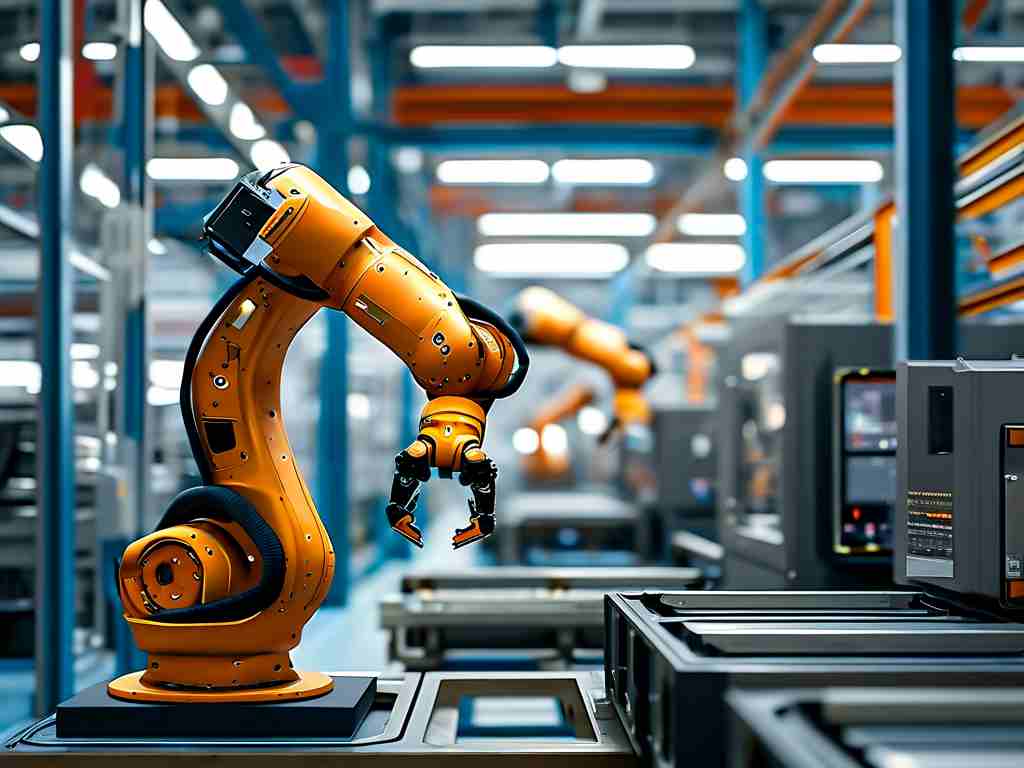The ability for robots to autonomously transition from a prone position to a stable standing posture represents a critical milestone in robotics engineering. This capability not only enhances operational efficiency but also expands the potential applications of robots in complex environments such as disaster response, industrial automation, and healthcare. Over the past decade, advancements in sensor integration, control algorithms, and mechanical design have propelled significant breakthroughs in robotic standing control technology.

Core Challenges in Standing Control
Achieving reliable standing control requires addressing three primary challenges: balance stabilization, energy efficiency, and environmental adaptability. Unlike stationary robots, dynamic systems must account for shifting centers of mass, uneven terrain, and external disturbances. For instance, bipedal robots face inherent instability due to their narrow support base, necessitating real-time adjustments through inertial measurement units (IMUs) and pressure sensors. Quadruped designs, while more stable, demand coordinated limb movements to avoid overcompensation.
A key innovation lies in hybrid control architectures that combine model-based predictive controllers with machine learning-driven adjustments. For example, Boston Dynamics' Atlas robot employs a model-predictive controller (MPC) to precompute optimal limb trajectories while using neural networks to refine joint torque outputs based on real-time feedback. This dual-layer approach minimizes computational latency while adapting to unforeseen obstacles.
Sensor Fusion and Actuation Strategies
Modern standing control systems rely on multisensor fusion to create a coherent environmental model. LiDAR, depth cameras, and torque sensors feed data into centralized processing units, enabling millimeter-level precision in limb placement. Take the example of ETH Zurich’s ANYmal robot: its proprioceptive actuators continuously monitor joint angles and ground reaction forces, allowing it to recover from slips or collisions by redistributing weight within milliseconds.
Actuation mechanisms have also evolved. Hydraulic systems, once dominant for their high torque output, are being supplemented by electric actuators with adaptive impedance control. These systems adjust stiffness dynamically—softening joints during impact absorption and hardening them for precise movements. A MATLAB simulation snippet below illustrates a simplified PID controller for knee joint stabilization:
function torque = computeTorque(error, prev_error, integral)
Kp = 150;
Ki = 0.1;
Kd = 20;
integral = integral + error * dt;
derivative = (error - prev_error) / dt;
torque = Kp * error + Ki * integral + Kd * derivative;
end
Case Study: Recovery from Collisions
One notable application of standing control is collision recovery. Researchers at MIT recently demonstrated a quadruped robot capable of regaining balance after lateral impacts equivalent to 30% of its body weight. The system uses a probabilistic physics engine to predict fall trajectories and activates counter-movements—such as tail-like appendages or rapid leg extensions—to alter angular momentum. This approach reduces recovery time by 40% compared to traditional methods.
Energy Optimization Techniques
Energy consumption remains a bottleneck, especially for battery-powered robots. Pulse-width modulation (PWM) techniques now enable actuators to operate at variable power levels, minimizing idle energy drain. Additionally, trajectory optimization algorithms prioritize energy-efficient gait patterns. For instance, a "crouch-stand" sequence reduces peak power demand by 22% compared to direct vertical lifts, as validated in a 2023 study published in IEEE Transactions on Robotics.
Future Directions
Emerging trends include bio-inspired designs mimicking human proprioception and insect-level reflex arcs. Soft robotics, leveraging flexible materials and pneumatic artificial muscles, promises enhanced adaptability for uneven surfaces. Meanwhile, edge computing advancements aim to decentralize sensor processing, reducing latency in critical control loops.
In , robotic standing control technology is rapidly evolving beyond mere mechanical repetition. By integrating adaptive algorithms, sensor fusion, and energy-aware designs, engineers are unlocking new frontiers in autonomous mobility—transforming robots from rigid machines into resilient, context-aware systems.

